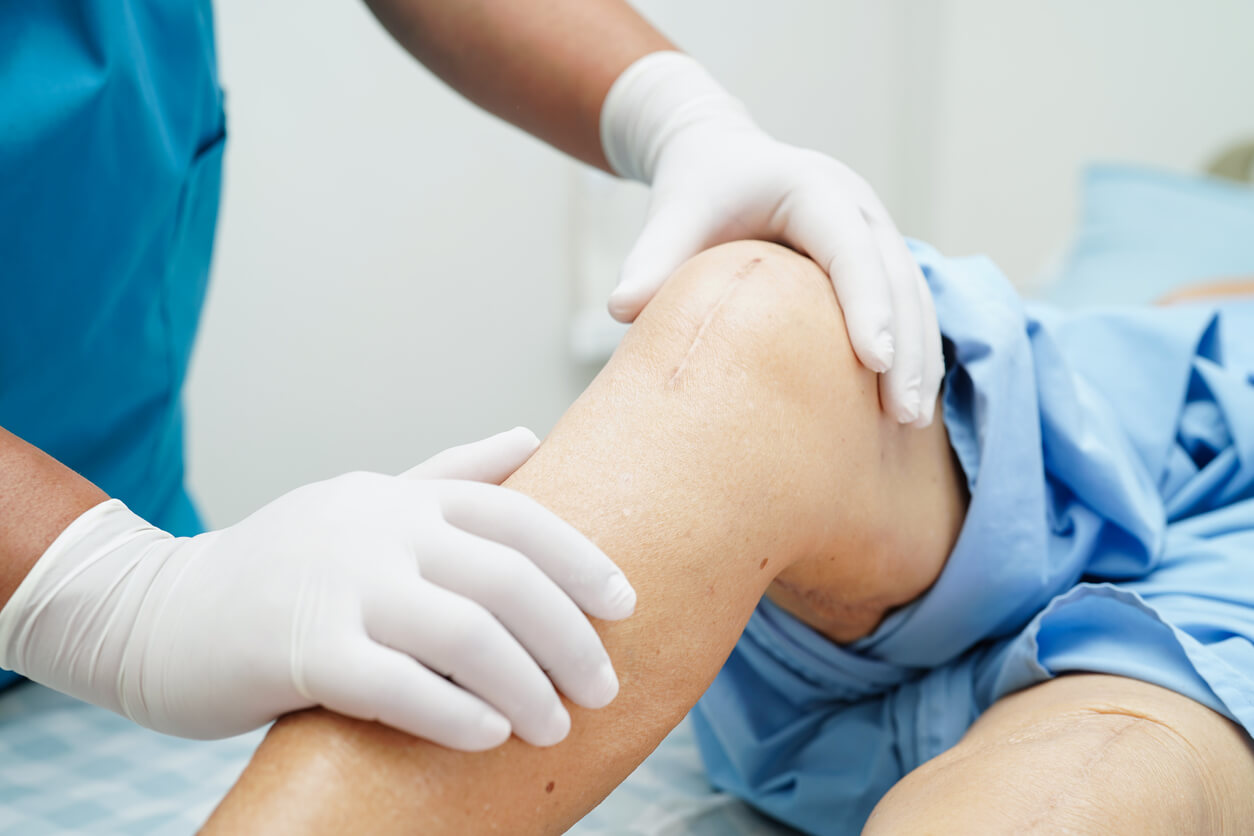Drug Recognition Expert
 While most people are familiar with Standardized Field Sobriety Testing, most are unaware of the testing conducted by officers who have been trained as Drug Recognition Experts (DRE). Drug Recognition Experts obtain their certification through the International Association of Chiefs of Police.
While most people are familiar with Standardized Field Sobriety Testing, most are unaware of the testing conducted by officers who have been trained as Drug Recognition Experts (DRE). Drug Recognition Experts obtain their certification through the International Association of Chiefs of Police.
As part of the training process, all officers must first be certified in the National Highway Traffic Safety Administrations standardized field sobriety tests. After being certified in this training, officers attend a two-day (16-hour) preschool which is considered phase one. Part of this preschool is teaching officers a true definition of the term “drug” for purposes of the Drug Evaluation and Classification Program. Officers are also tasked with the responsibility of becoming familiar with the techniques of drug evaluation.
The second phase of training consists of a seven-day (56-hour) classroom program. During this portion of training, officers learn the techniques of the drug evaluation examination, the effects of drugs on the physiology of an individual, and the legal concerns.
The third and final phase of training consists of sixty to ninety days of field observations by a certified instructor. During this phase officers test individual who are suspected of being impaired by drugs other than alcohol. An officer must complete twelve evaluations prior to becoming certified.
There are 12 steps in the Drug Evaluation Process. These steps are listed below:
1) Breath Alcohol Test: A breath test is performed to determine the concentration of alcohol if any in the tested individual.
2) Interview of Arresting Officer: The Drug Recognition Expert will consult with the arresting officer to determine the events, which lead to the arrest of the test subject.
3) Preliminary Examination: The Drug Recognition Expert will question the subject about any physical or medical limitations.
4) Eye Examination: Eyes are examined for equal pupils, equal tracking, and lack of smooth pursuit. This test is referred to as the Horizontal Gaze Nystagmus test.
5) Divided Attention Tests: Two commonly associated tests are the Walk and Turn and One Leg Stand tests.
6) Examination of Vital Signs: Officer will check pulse, body temperature, and blood pressure.
7) Dark Room Examinations: This is an examination in total darkness, under direct light, and in normal room light. The officer looks at the pupil sizes under each lighting condition.
8) Examination of Muscle Tone: Flexion and Extension of the muscles are tested for rigidity, or flaccidity of the muscles.
9) Examination of Injection Sites: This is done to determine whether the individual is using any injectable substance.
10) Suspects Statements/Other Observations: The individual is questioned about the signs and symptoms that have exhibited.
11) Opinion of the Evaluator: The officer makes a determination based on the observed symptoms of which drugs an individual is under the influence.
12) The Toxicological Examination: Blood, saliva or urine is obtained to determine what classes of substances are present within the individual.
There are several problems with the drug evaluation process. In this article I will only mention two. The first is the fact that the Drug Recognition Expert discusses any observed issues with the arresting officer. This is the second step and automatically puts the Drug Recognition Expert in a search and destroy mode. They begin trying to find symptoms instead of merely performing the tests and observing symptoms. The tests should be performed from a neutral viewpoint instead of a tainted one.
The second problem is based on nystagmus. There are a variety of causes of naturally occurring nystagmus. A Drug Recognition Expert is not a qualified ophthalmologist. Drug Recognition Experts simply cannot determine whether nystagmus is caused by drug use or merely a medical condition.
These above listed problems are only two of many. The use of Drug Recognition Experts should not be used to convict a person when there are numerous issues associated with the testing procedure. While officers do undergo training to become Drug Recognition Experts, the manner in which the evaluation process occurs, causes officer to view the process from a biased standpoint. Furthermore, officers simply lack the medical training required to make a determination in regards to the cause of nystagmus.





